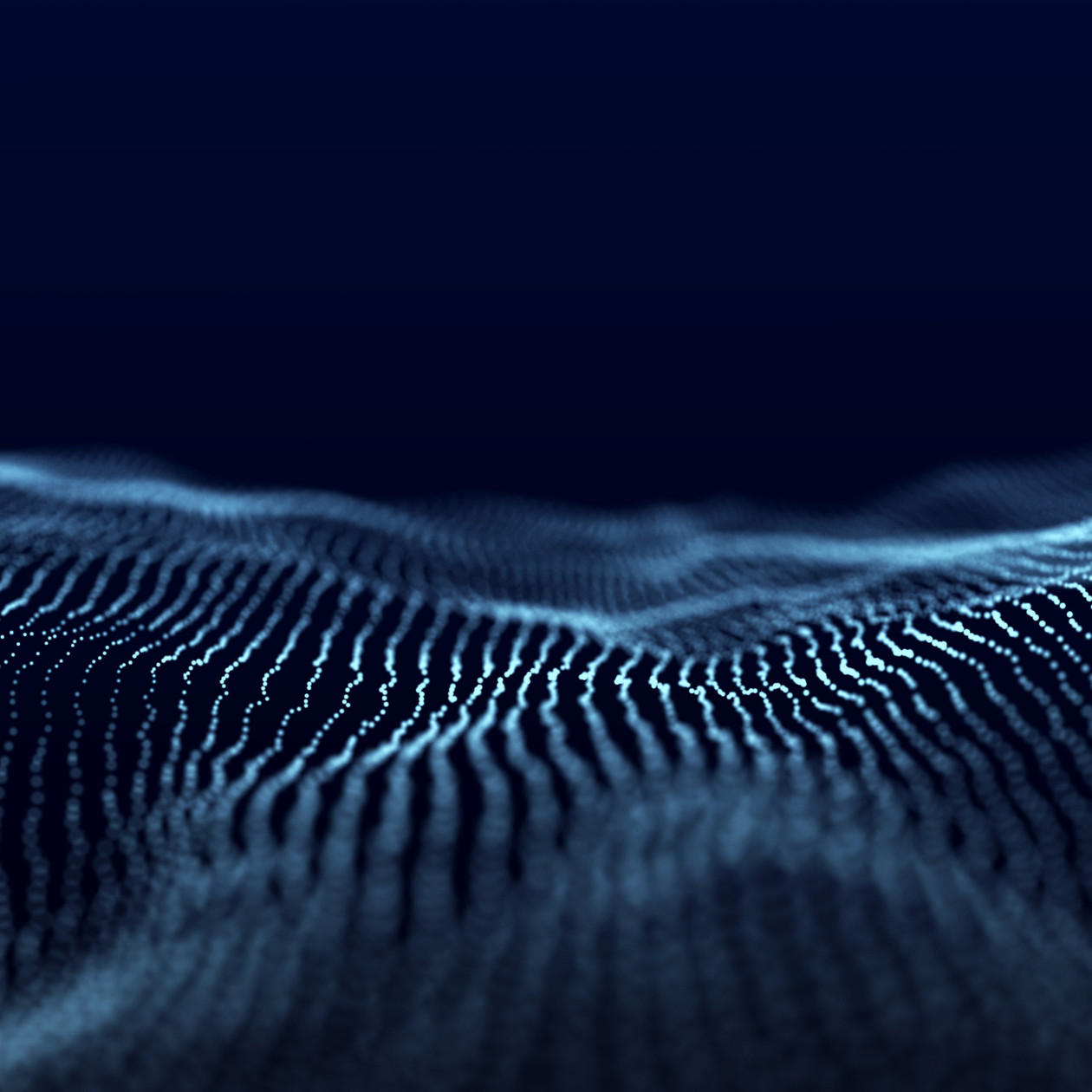This year, a group of faculty from the University of Utah College of Fine Arts will participate in the inaugural AAC&U Virtual Institute on AI, Pedagogy, and the Curriculum (IAIPC). This online institute is designed to help departments, programs, colleges, and universities to embrace the new age of artificial intelligence (AI) and respond effectively to the challenges and opportunities which it presents for courses and curricula.
Taking part demonstrates the College of Fine Arts' dedication to remaining on the cutting edge as new technologies emerge, as evidenced by the team comprised of faculty and college leadership: Associate Dean for Faculty and Academic Affairs Lien Fan Shen as team leader, Associate Dean for Research Becky Zarate, Department of Art & Art History Associate Professor Lewis J. Crawford, School of Dance Associate Professor Eric Handman, and Department of Theatre Assistant Professor Alexandra Harbold.
Here's a glimpse into what faculty are excited to explore:
Lien Fan Shen
Associate Dean for Faculty and Academic Affairs & Department of Film & Media Arts
"I am most interested in enhancing visual artists' knowledge of prompt engineering, enabling them to develop effective and efficient skills for collaborating with AI to create unique and compelling arts.
I am currently working with three student and emerging artists to collaborate with AI in creating a futuristic graphic novel about female intimacy, climate change, and human disabilities such as anosmia. We have published the Prologue and Episode One, and are currently working on the production of Episode Two. We anticipate this story will have a total of four episodes."
Becky Zarate
Associate Dean for Research & School of Music
"As a Creative Arts Therapist and Vocal Psychotherapist, I am curious how AI might be helpful when conducting clinical vocal assessments, specifically when evaluating anxiety. I am also interested in how AI tools might enhance data collection and synthesis in improvisational music therapy sessions."
Lewis Crawford
Department of Art & Art History
"For the last couple of years, I started incorporating assignments that use AI into almost every one of the classes I teach, especially my writing class ARTX 3600 - Writing with New Media. I want my students to be ahead of the curve with these tools. In my artwork, I started using AI generative tools to help me create some imagery for a body of work that is a prequel narrative to a series I did in 2005. This new series tells the story of a young boy running away from home right before some cataclysmic event. I’ll be mixing my photographs and machine drawings with the AI-generated images.
I am fascinated with how AI will change many aspects of our daily lives and what that means for our students. Because AI is so new, I get to learn how these new tools are transforming education with my students. My job as an educator is to guide my students on how to use these resources within academia and beyond. It’s all exciting."
Alexandra Harbold
Department of Theatre
"My experience with AI has been very limited, in large part due to how AI has impacted writers and actors in film work. My hope is to discover how AI might help us identify foundational patterns and questions in a project more quickly so that we can use those within the artist-led creative process.
I’m most interested in how AI mimics and amplifies the creative process, building on associations and pattern-recognition. As an actor and director, I’m always rueful about the discoveries and connections that click after a production has closed. How might AI work in tandem with the actors and creative team as we’re doing the embodied research of production and building the play-world?"
Eric Handman
School of Dance
Handman was recently awarded the Faculty Small Grant Program (FSGP) from the Office of the Vice President for Research for his choreography and AI research, "Dancing in the Air: Drones as Lighting for Live Performance.” In previous years, Handman has blended drone and dance choreography into works featuring School of Dance students.
Handman's work "Daedalus Dreams" was presented at the Biennial for Arts and Technology hosted by the Ammerman Center for Arts and Technology at Connecticut College. "Daedalus Dreams" is a performance for a solo movement artist and two drones (unmanned aerial vehicles). This work marks the creative collaboration between Handman, visual artist Zach Duer, and dance artist Scotty Hardwig.
"The optimist in me thinks that live dance, live music, and live theater are going to stick around... But I would not be surprised if there is this aspect of the choreographic profession that becomes much more about mining data to feed avatars, to create new dance styles that we have never seen based on the AI hybridization –– what it makes of video. If you can feed an AI model with video of dance to train an avatar, then you can dredge all kinds of video content to inform the AI fed avatar to create dancers who have been cross-trained with styles that have never existed before. It is extraordinary to think in terms of movement research."

